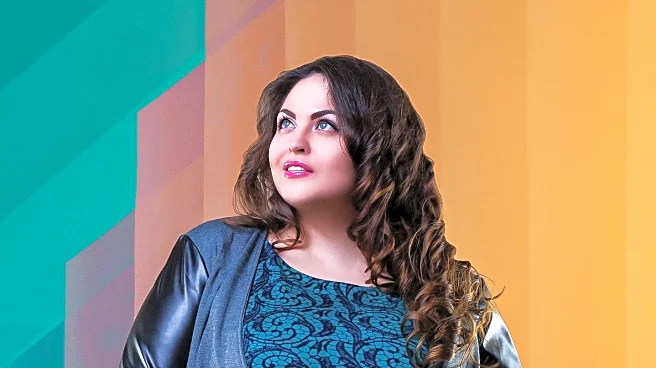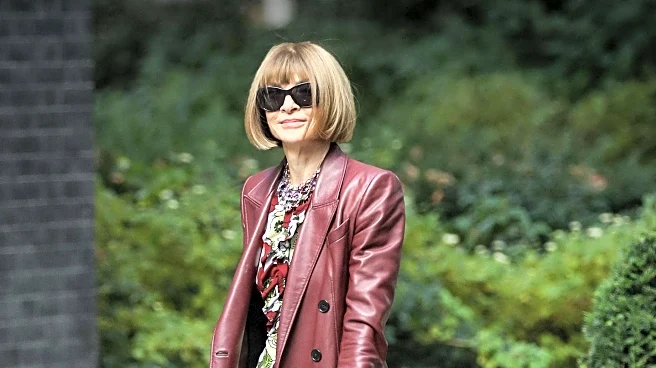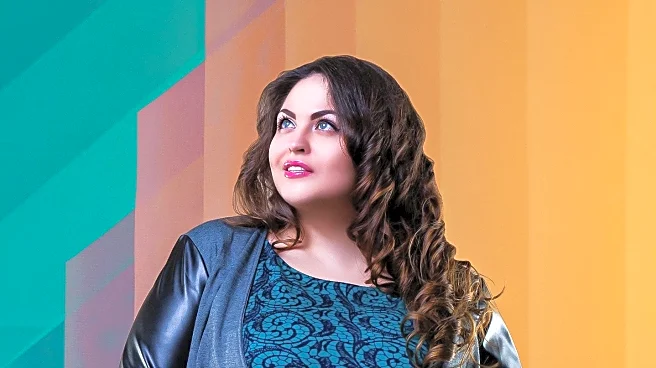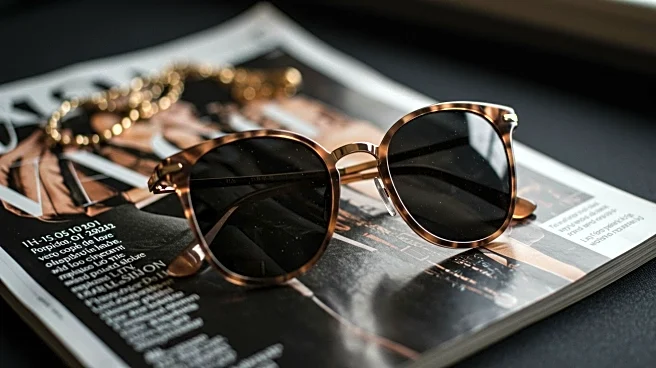What is the story about?
What's Happening?
Several plus-size models have made significant strides in the fashion industry, challenging traditional beauty standards and promoting inclusivity. Ashley Graham became the first size 16 model to appear on the cover of Sports Illustrated Swimsuit Issue in 2016 and later graced Vogue's cover in 2017. Paloma Elsesser, discovered on Instagram, has walked for luxury brands like Fendi and appeared on major magazine covers. Jill Kortleve broke barriers by walking for Chanel as a non-straight size model. Robyn Lawley was the first plus-size model in Sports Illustrated Swimsuit Issue and criticized the 'thigh gap' trend. Tara Lynn, Candice Huffine, Barbie Ferreira, Denise Bidot, and Yumi Nu have also contributed to the movement, each bringing unique representation and advocacy to the industry.
Why It's Important?
The achievements of these models highlight a shift towards greater inclusivity in the fashion industry, challenging long-standing norms and promoting body positivity. Their presence in high-profile campaigns and runway shows signals a growing acceptance of diverse body types, which can influence public perceptions and consumer expectations. This movement not only empowers individuals who see themselves represented but also encourages brands to adopt more inclusive practices, potentially leading to broader societal changes in beauty standards and self-acceptance.
What's Next?
As these models continue to break barriers, the fashion industry may see increased pressure to diversify its representation further. Brands might expand their size ranges and casting practices to include more diverse body types, ethnicities, and backgrounds. The ongoing advocacy by these models could inspire new generations to pursue careers in fashion, fostering a more inclusive environment. Additionally, collaborations between models and brands could lead to innovative product lines that cater to a wider audience.
Beyond the Headlines
The rise of plus-size models in the fashion industry also raises important discussions about the ethical implications of representation. It challenges the industry to consider the impact of its standards on mental health and self-esteem. Furthermore, the movement could influence other sectors, such as advertising and media, to adopt more inclusive practices, potentially leading to a cultural shift in how beauty is perceived and celebrated.
AI Generated Content
Do you find this article useful?











